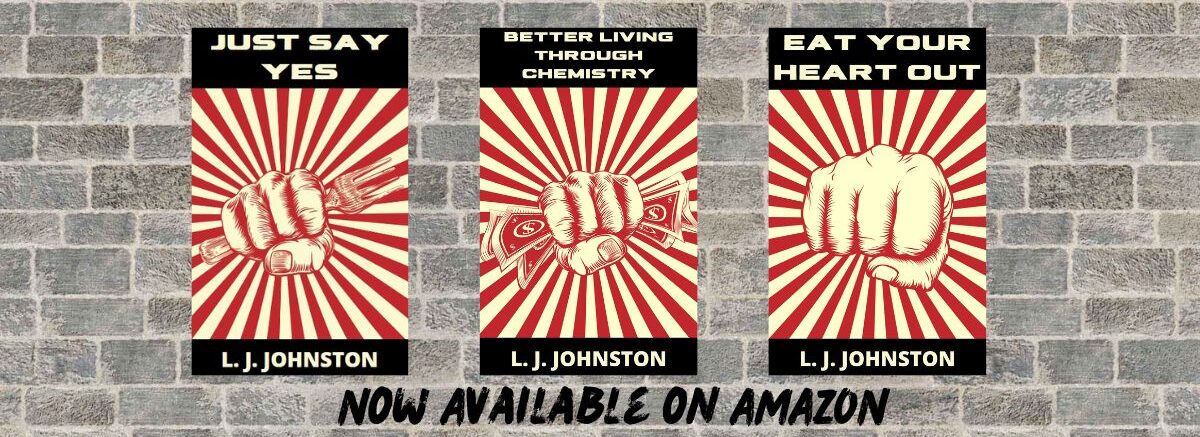A funny thing happened on the way home from lunch recently. We stopped into a pizza joint for said lunch and notice a new deli in the space next door. After enjoying a pretty decent veggie pizza (thin crust, natch) we dropped into the deli to give it the once-over. On our way out, a gentleman from the deli chased us into the parking lot. Nothing unusual, he just wanted to make sure everything was okay since we left without ordering. We explained, he encouraged us to come back some time, end of story. Except while he was talking to my husband I could not help but notice his barn door was wide open.

Obvious, isn't it? Photo from bluestemprairie
Awkward, yes! Where do I look, now that I know this and am trying desperately not to look down there again???? He must have been in quite a hurry to follow us out to our cars. Was he in the gents, or had he been wandering around like that all morning and no one had the courtesy to clue him in? I will never know. But this incident got me thinking about fastening our clothing, specifically our pants, and how we got where we are today.

Mr. Weissmuller easily meets my criteria for going shirtless. Photo credit fanpop.com
Things were so much easier when homo sapiens was busy learning to stand upright and dispensed with clothing altogether. Eventually someone decided a loincloth was in order. That's fine, but how to keep the thing on with all that running for your life? Rawhide to the rescue! A simple string tied around the waist did the trick.
'Twas not exactly a direct route from loin cloths to Levi's. The ancients of the Western world could not be bothered with the string and abandoned the loincloth idea entirely in favor of tunics, which, yes, might look a lot like a dress to us moderns. But tunics did little for warming the legs in cold climates, so pants eventually but grudgingly made a resurgence during the Middle Ages. The toga-and-tunic crowd considered them gauche. But their practicality and warmth could not be denied. Eventually some variation of pants made their way into non-pants societies in the form of tights, then knickers - form-fitting pants ending at the knee, with stockings covering the gap from the knee to the foot. Drawstrings and buttons served for fasteners.

Maybe it looks like a dress, but I'm not gonna mention to any of these dudes. Photo credit: Straight 2 DVD
Modern trousers finally triumphed during the French Revolution, worn by many to thumb their noses at the knickers-wearing aristocracy. Moving away from the drawstring style, pants next had front flap with some type of closing device, usually buttons, on either side. By the early 1900s the center front closure (still buttons!) and looser fit we are familiar with today became the norm.

Front flap precursor to center closure. Try not to stare. photo source fanpop
If you have ever owned a pair of button fly pants, join me in being ever so thankful to Gideon Sundbeck and others for inventing the modern zipper. Button fly may look cool and retro, but try feeling fashionable when you are also feeling the pressure to get them undone in a timely manner! Buttons, drawstrings, sashes, snaps, hooks, suspenders, and elastic have all had a go at keeping our pants up or closed or both. Zipper definitely dominates. Ironically it is both most convenient and also mostly likely to fail, as in the case of Deli Guy. Though I am appreciative of the zipper's elegant simplicity, I don't quite trust it. It never hurts to give the occasional XYZ*. Don't be that Deli Guy.
*eXamine Your Zipper
Thanks for reading! If you enjoyed this post, I hope you'll take a minute to subscribe to my blog (the subscribe box is near the top of the right sidebar).
